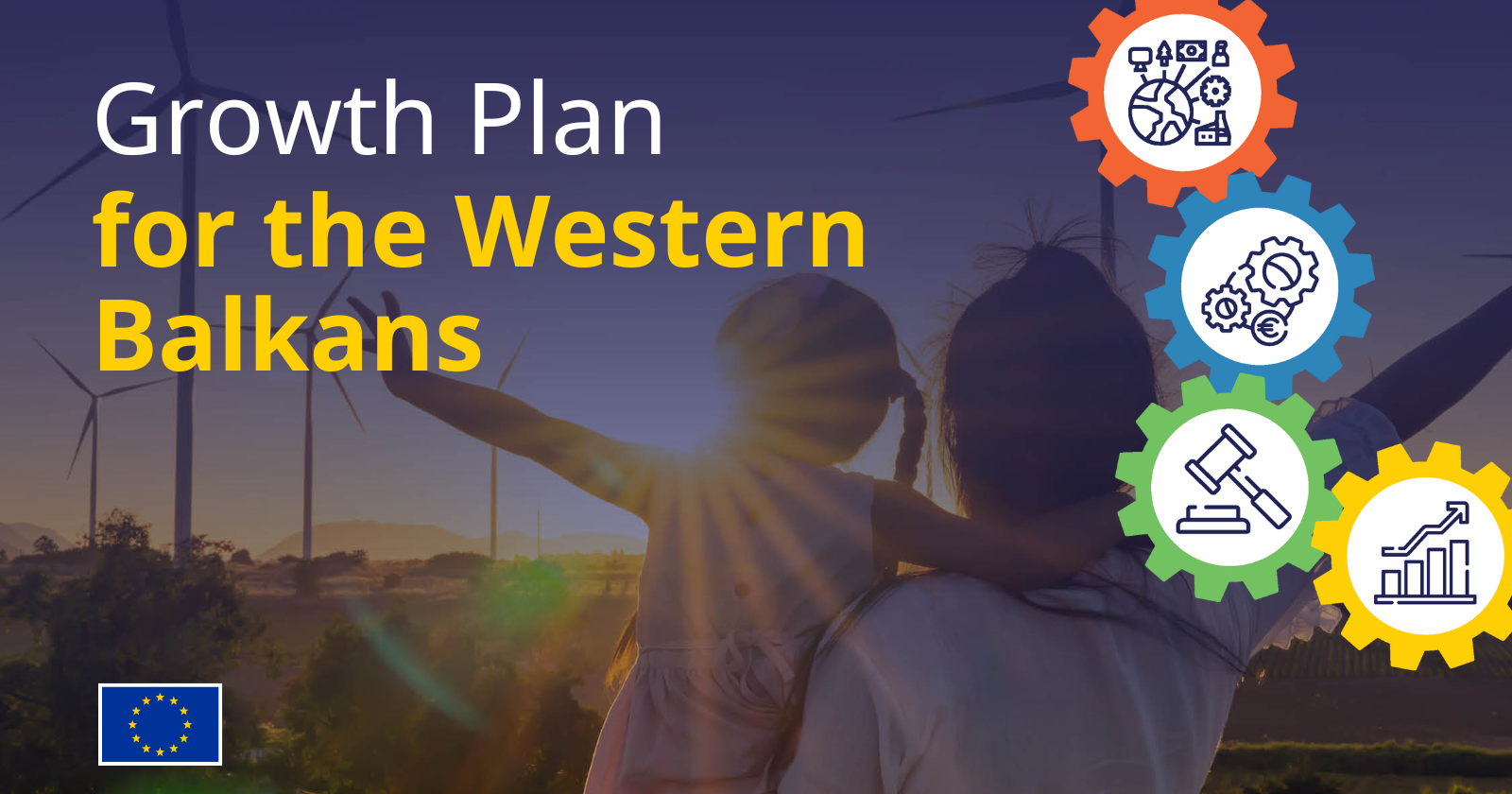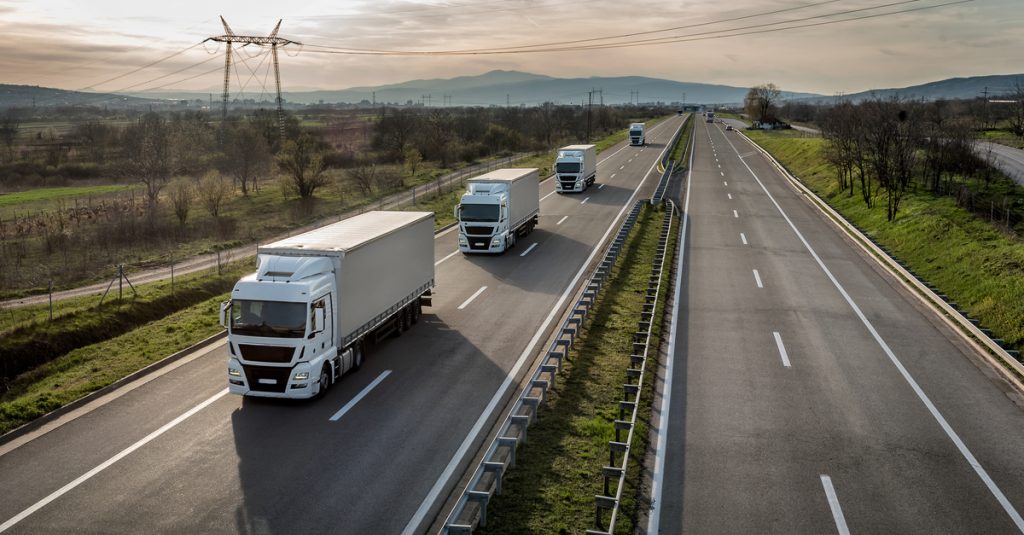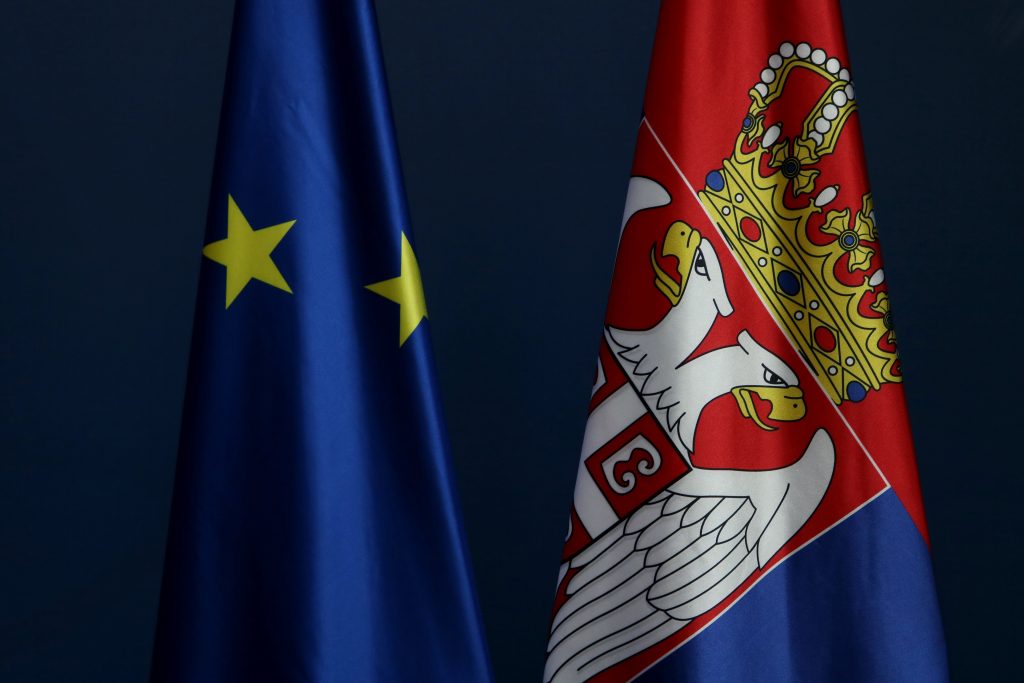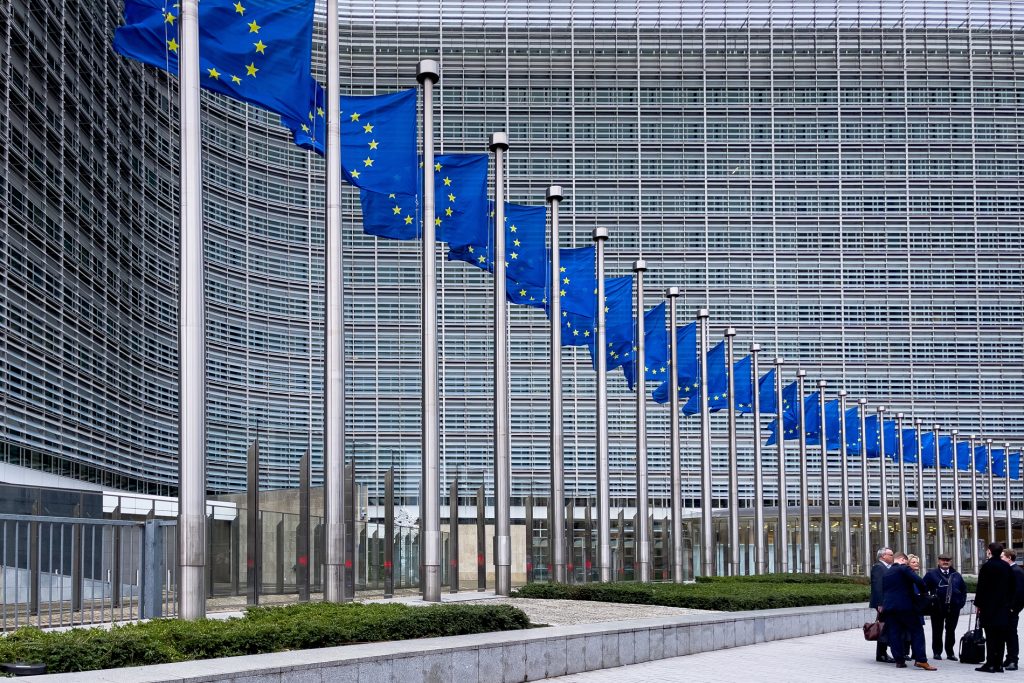
The Growth Plan for the Western Balkans was adopted by the European Commission on 8 November 2023.
The Plan aims to:
- integrate the Western Balkan partners into the EU’s single market,
- advance regional economic cooperation,
- deepen EU-related reforms
- increase pre-accession funding in view of accelerating socio-economic convergence of the Western Balkans to the EU.
The Growth Plan incentivises enlargement partners’ preparations for EU membership, by bringing forward some of its benefits ahead of full integration into the EU.
This in turn should significantly accelerate the speed of the enlargement process and the growth of their economies.
Economic convergence is an essential element in getting the Western Balkan partners closer to the EU. The lack of convergence is a major issue for the Western Balkan region; it is currently at around 35% of EU average level (46% for Serbia).
The Growth Plan has the potential to double the size of the Western Balkan economies within the next decade.
To support this process a new €6 billion financial instrument, the Reform and Growth Facility for the Western Balkans was adopted for the period 2024-2027.
More information on the Growth Plan on DG NEAR website
The Growth Plan is an unprecedented offer for the region with the aim of stimulating economic growth, improving living standards and speeding up the process of the region’s accession to the Union.
According to calculations, if current growth rates continue, the Western Balkans would reach the average gross domestic product (GDP) per capita in the EU by 2076. The process needs to be accelerated. In order to achieve this goal, the Growth Plan was designed to create new opportunities for economic growth, as well as to remove existing obstacles to economic development. This will bring direct benefits to the daily lives of citizens and business operations in many different ways.
The plan is based on four mutually reinforcing pillars.
The goal of the first pillar is to enhance economic integration with the European Union’s single market.
Over the decades, the EU has made many efforts to integrate the economies of its member states as much as possible and remove barriers to trade. Harmonising standards, procedures and regulations may seem technical and boring, but it has helped businesses grow in a single market of close to 500 million people, the largest single market area in the world with transparent rules and regulations.

The aim is to make Serbia part of that market, as soon as possible. We want to bring forward some of the benefits of the single market, that can be directly felt by citizens and businesses, before EU accession. To achieve this, efforts are already underway in a number of key areas. For example, Serbia is working to become a member of the Single Euro Payments Area (SEPA). Through SEPA, financial transfers between member countries are made easier and far cheaper. This means that you will be able to transfer money from your account in Serbia to the EU and the region, and vice versa, with nearly no fees. To illustrate; transferring €200 from Serbia to Germany currently costs 43€, but after SEPA, the fee can drop to just €2—a 21-fold decrease. In the other direction, sending 200€ from Germany to Serbia incurs a fee of €27.5, which can decrease to €2 after joining SEPA—a 14-fold decrease. The savings are huge, both for citizens and companies. Estimates show that up to half a billion euros in reduced fees on remittances from workers could be saved per year throughout the region.
Another example is the green lanes. In order to speed up border crossing procedures for trucks, and significantly reduce the long lines of trucks at border crossings, we are working to improve procedures and will invest in infrastructure at the border crossing points. . In the short term, the goal is to reduce waiting times by at least 3 hours per truck. This reduction in waiting time should have the same effect as reducing the price of each traded product by 2%. Considering that the exchange of goods between Serbia and its main trading partner – the EU, amounted to about 40 billion euros last year, i.e. 60% of Serbia’s total trade, this could represent a huge saving of money, which would ultimately benefit consumers.
There are many other benefits, such as continued work toward abolishing roaming fees between the EU and Serbia, concluding an agreement on conformity assessment for industrial products (ACAA), which would mean that categories of Serbian industrial products can be placed on the EU market without further certification on safety and quality. Digital transformation is also a priority with initiatives like Wi-Fi for the Western Balkans and the extension of the EU Digital Wallet that will make it easier for businesses to operate with EU companies. The list is quite long, and the benefits are numerous.
The second pillar is focused on boosting economic integration within the Western Balkans through the Common Regional Market, based on EU rules and standards.
In order to achieve this, partners in the region will have to speed up their work on facilitating regional economic cooperation.

Because to boost development, we need a common regional market that reduces physical and regulatory barriers to trade in goods and services, movement of capital and people.
Building a common market of 18 million people, functioning on the basis of EU rules, could be a game changer for the Western Balkans and would benefit both the region and the EU.
For Serbia, which is a net exporter in the region, this means easier access to neighboring markets, more consumers for Serbian companies and products, a greater number of workers for employment and an even stronger position as a regional center for international investors, which brings obvious benefits. But, more importantly, according to the Growth Plan, all partners from the Western Balkans should ensure a level playing field.
This means that each partner will have to open its economy to the rest of the region and engage constructively. If the partner does not act constructively, he will not be able to use the advantages of the EU single market, from the first pillar. In this way, one can only block one’s own progress, not the progress of others.
Important progress has been recently made with the unblocking of CEFTA decision making and approval of nine substantial decisions by the CEFTA Joint Committee. In addition, a new Common Regional Market Action plan 2025-28 was agreed.
The third pillar is focused on accelerating fundamental reforms, including on the fundamentals cluster, supporting the Western Balkans’ path towards EU membership, improving sustainable economic growth including through attracting foreign investments and strengthening regional stability.
Serbia adopted a Reform Agenda, which identifies a series of reform steps that should be implemented by the end of 2027.
The successful implementation of these reforms will unlock EUR 1.58 billion funds for Serbia which will be disbursed as direct support to the Serbian budget and for infrastructure projects via the Western Balkans Investment Framework.
Reform Agenda of the Republic of Serbia on the website of the Ministry of European Integration
In its Reform Agenda, Serbia has identified measures across four priority areas for the next four years: improvement of the business environment and development of the private sector; implementation of green and digital transition; development of human capital; and progress in fundamental reforms.

Serbia is expected to make progress on issues such as improved and more competitive public procurement practices; better management of state-owned enterprises; reducing skills mismatch in the labour market; more competitive and sustainable agricultural sector; better energy efficiency and much more. Underlying all of this are measures to ensure the independence of the judiciary, the proper functioning of democratic institutions, the fight against corruption, and areas such as the inclusion of minorities.
These are all key issues that can either open or close the door to rapid, dynamic and sustainable economic growth. The Growth Plan is designed so that if a country addresses these issues, it has a triple benefit: it unlocks its economic potential, receives a significant injection of additional EU funds for budget expenditures and infrastructure development, and accelerates its path to full membership in the European Union.
The fourth pillar is focused on supporting convergence through increased financial assistance: the Reform and Growth Facility for the Western Balkans.
EUR 6 billion were made available to the region — EUR 2 billion in the form of grants and EUR 4 billion in soft loans.
Funds will be released every six months based on progress in implementing the Reform Agenda, subject to assessment by the European Commission. A public scoreboard on the implementation will be established on the implementation of the Facility, updated twice a year. Each reform is tied to a certain amount of funds, which are released when that reform is assessed to have been implemented.

If the country does not make progress on the agreed reforms, it has one year (two years during the first year of implementation) to make up the backlog. After that, the funds are transferred to other partners in the region. In this way, countries have even more incentives to ensure progress.
The Growth Plan is designed to make life easier for the citizens and the economy of Serbia from day to day in many different ways. The goal is for Serbia to feel the benefits of EU membership even before accession and to encourage its economic growth and standard of living. The opportunity is here. It is up to Serbia to use it.

For more information, go to the DG NEAR website
